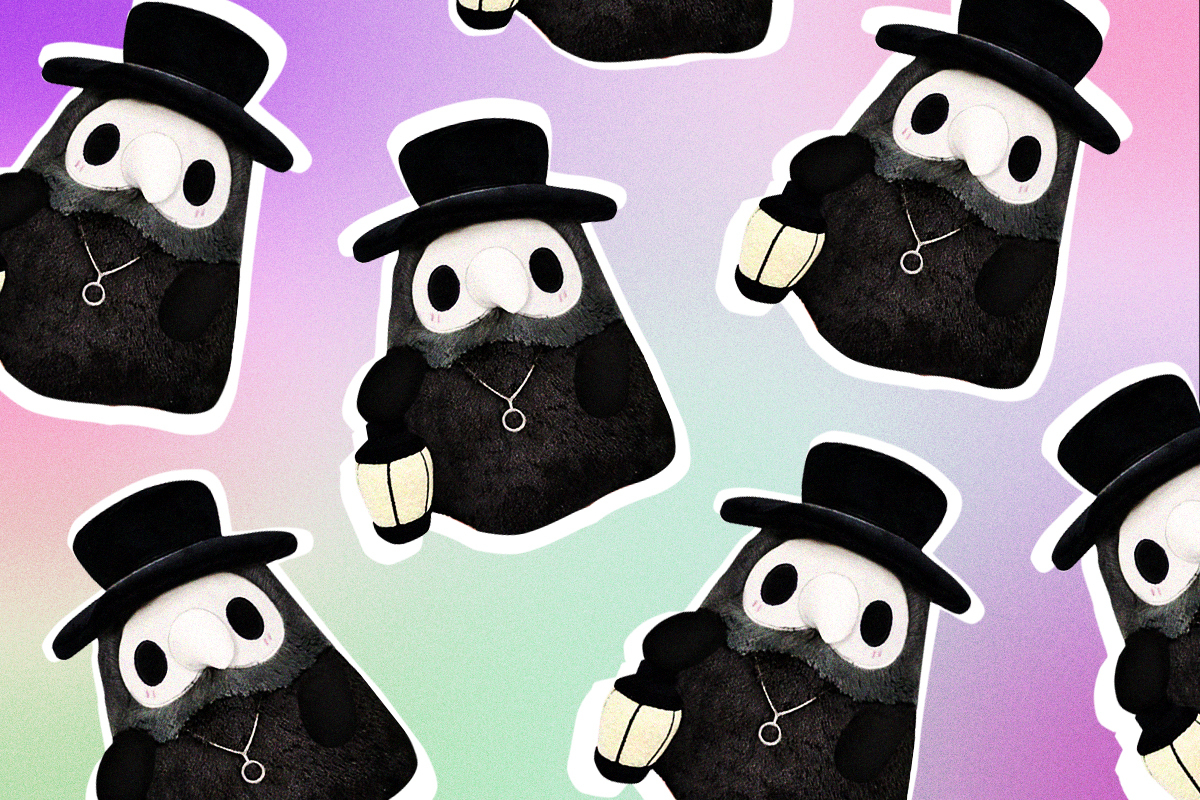Late last July, mindless social media scrolling led me to an ad for something called the Mysterious Doctor Plague. This turned out to be a plush toy of—you guessed it—an old-timey plague doctor, complete with a beak-nosed mask and a glow-in-the-dark lantern (the better to visit plague patients at night, presumably). I couldn’t decide whether I was repulsed by it or wanted to hug its rotund little body, a dilemma I resolved by tweeting out a screenshot of the ad along with the text “I mean …. I don’t NOT want this.” The response was overwhelming—hundreds of people replying that that they either loved it and had already purchased one or planned on getting one. Impulsively, I ordered one for myself. [Read on]
The dark appeal of Coronavirus-themed toys







